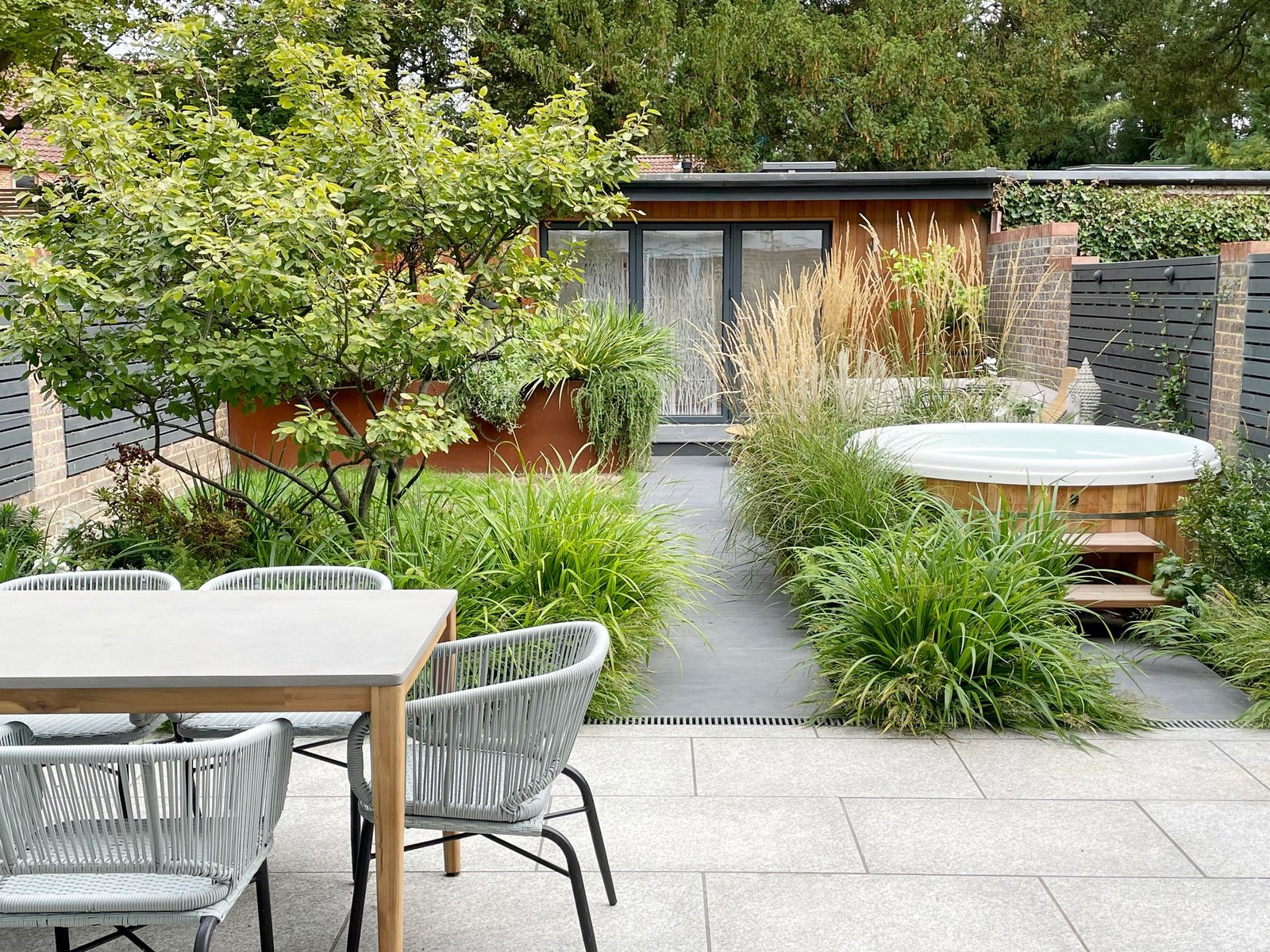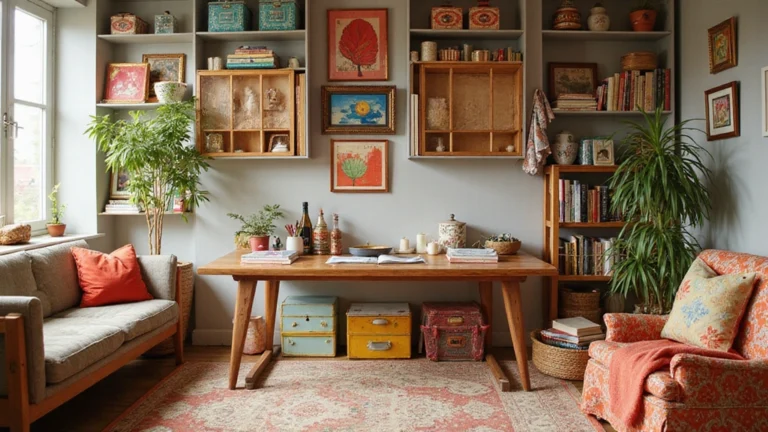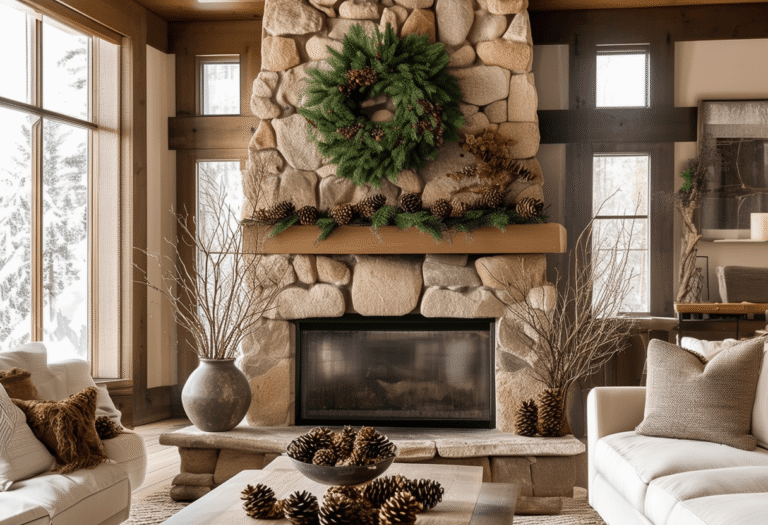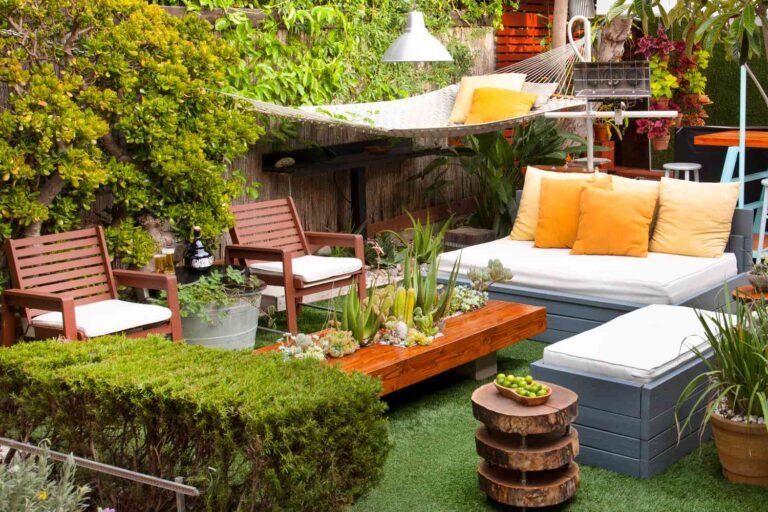Top Garden Trends That Elevate Curb Appeal
No matter if you are planning an extensive overhaul or simply updating planters, keeping abreast of current gardening trends is vital to creating curb appeal and adding curb appeal. Here are a few that elevate curb appeal.
Minimalist landscaping features clean lines and structured designs. Gravel pathways, sculptural plants and modern planters create an elegant appearance that’s easy to care for.
Minimalist Landscapes
Minimalist landscaping employs simple shapes and textures to create an atmosphere of peace and relaxation. Muted earth tones such as whites, grays, and beiges form the backdrop of this elegant style, with select feature plants adding color and interest. A minimalist garden design also includes paths and patios made of natural materials that blend in harmoniously with its surroundings.
At first glance, minimalist gardens often look uninviting; for example, gravel paths often lead the eye directly towards an eye-catching shrub or rock wall, or stones pavers and concrete patios are popular components in minimalist landscapes. Furthermore, minimalist landscapes employ dynamic plants that shift with each season; in spring and summer this includes colorful blooms such as cleome, tulips, daffodils as well as perennial plants like phlox and daylilies providing texture and blooms; while fall trees such as aspens and evergreens can provide vibrant highlights in minimalist landscapes.
Negative space is an integral component of minimalist designs, providing open areas between plants and lawn ornaments to prevent overcrowding or clutter. Native species also help promote sustainability in minimalist landscapes by being tailored specifically to local conditions while needing less water for upkeep and care.
Edible Landscaping
Food-producing gardens can make an attractive addition to any landscape, while also saving money on groceries and connecting with nature. Edible gardens feature everything from colorful vegetable beds to fruit trees and berry bushes; vegetables like artichokes, Swiss chard, and kale make great focal points, especially when combined with ornamental plants for an aesthetically pleasing effect.
Integrate colorful herbs like green basil or purple sage into your garden design for added pops of color, as well as vegetables with various textures (beet leaves or rhubarb stems) for variety in both appearance and taste. Add flowers like black eyed Susans and cleome, which add beauty as well as taste, as well as plants like black eyed Susans or cleome to increase curb appeal of residential or commercial properties alike. Be sure to use sustainable irrigation methods so your edible plants get enough water without wasting precious resources.
Smart Irrigation Systems
An intelligent irrigation system maximizes water usage, making every drop count. Sensors in the soil measure moisture levels and send messages directly to an irrigation controller determining when and what plants require watering most – this way keeping your garden lush while simultaneously cutting down on costs! These systems make life easy while helping keep it lush!
As climate change becomes an ever-increasing worry, homeowners are looking for garden trends that promote efficiency and resiliency. Re-wilding involves using native plants and techniques such as companion planting. Furthermore, sustainable features like rainwater harvesting ponds, permeable surfaces, and dense planting with drought-resistant species are being added into these gardens to make them even more efficient and resilient.
These gardens incorporate plants with natural appearance to create landscapes resembling meadows or high-alpine glades, complete with ornamental grasses and flowers alongside native wildflowers, creating an alluring meadow effect. This trend is perfect for Colorado gardens as it reduces water usage while simultaneously improving curb appeal while adding year-round interest in form of blooms, seed heads in autumn, and texture in winter – providing year-round interest all year long!
Vertical Gardening
Vertical gardens offer many benefits that make this trend increasingly appealing to gardeners. This vertical gardening trend has quickly gained in popularity in recent years and offers several distinct advantages for this approach to gardening.
Vertical gardens provide those with limited space with the opportunity to grow more plants in less area while simultaneously reducing disease risks by raising foliage and fruits off of the ground. This allows more sunlight and nutrients to reach them than would be possible through growing on their original spot on the floor.
Vertical gardens are a fantastic way to add character and interest to an otherwise plain fence or wall. There is an endless variety of materials you can use to build your trellis from canvas shoe organizers, bisected 2-liter bottles and even gutters; just be sure that it’s regularly monitored for signs of disease or any other issues that arise.
Vertical gardens not only look attractive, they can be an invaluable source of fresh herbs and vegetables. Additionally, depending on which types of plants you select for your vertical garden, it could help purify the air or absorb noise pollution.
Mature Landscapes
An established landscape featuring trees, shrubs and flowers provides an expansive feeling in any yard and elevates curb appeal, but this takes time for trees and shrubs to mature and take hold.
Some simple landscaping tricks can speed up the process of turning an ordinary garden into something extraordinary. Planting the right amount of plants early helps avoid crowding which slows their growth and puts them more at risk from diseases or insects.
Add fast-growing shrubs to your landscape to add depth. Weeping willows can grow three to four feet each year, offering more mature looks faster than traditional evergreens.
Enhance the curb appeal of your property with fresh coats of paint, address any existing issues like mossy roofs or cracked driveways, and maintain regular mowing heights and soil tests to keep your lawn healthy and attractive.






